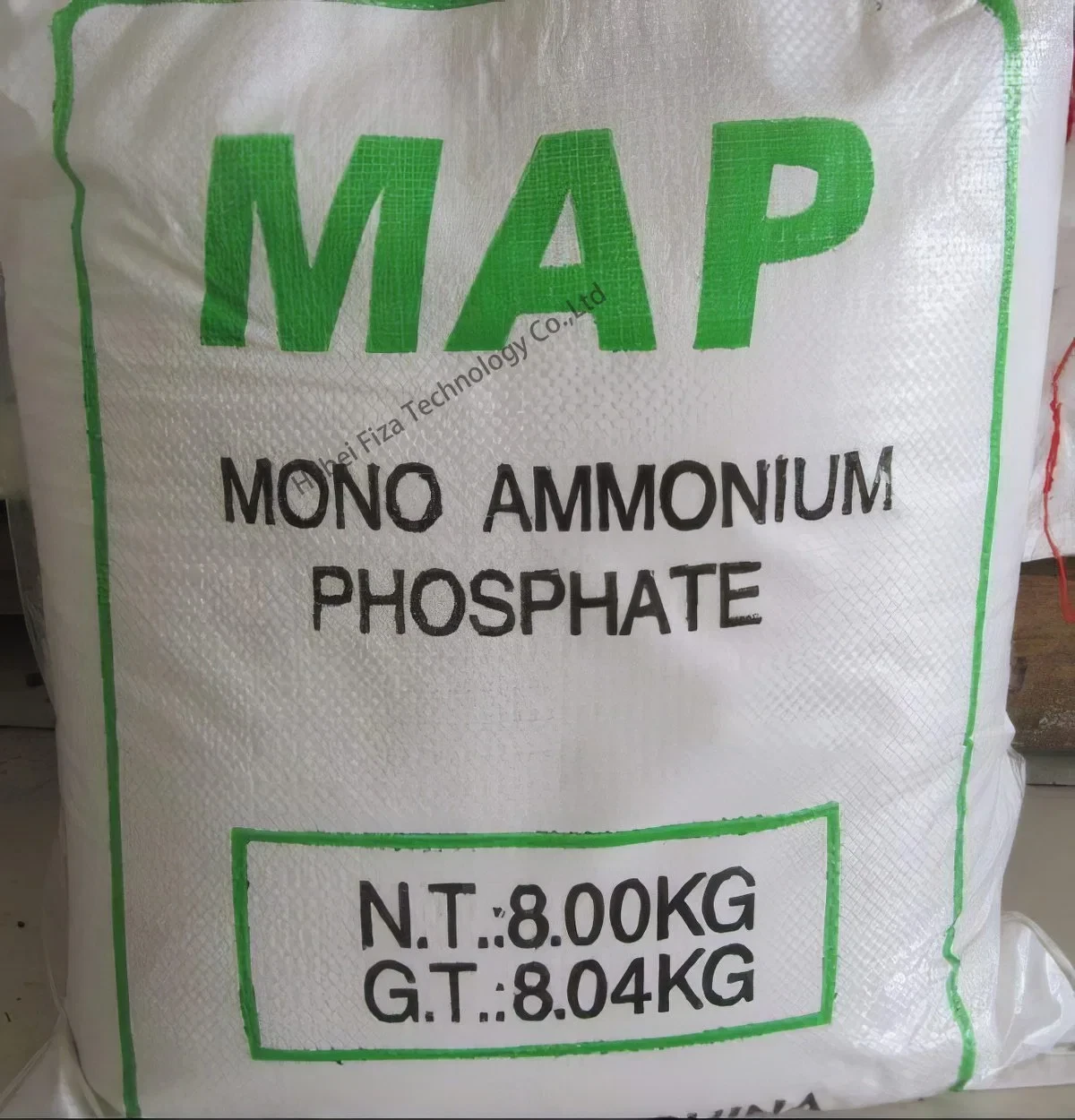



anionic polyacrylamides
Anionic Polyacrylamides Properties, Applications, and Environmental Considerations
Anionic polyacrylamides (APAMs) are water-soluble polymers characterized by the presence of negative charges on their molecular structure. These polymers are derived from polyacrylamide through processes that incorporate anionic groups, which significantly alter their behavior in aqueous environments. Due to their unique properties, anionic polyacrylamides have gained considerable attention in various industrial and environmental applications.
Properties of Anionic Polyacrylamides
Anionic polyacrylamides are known for their high molecular weight and ability to form hydrogels. The negative charges on the polymer chain contribute to a strong affinity for positively charged species in solution, such as cations and certain metal ions. This results in enhanced flocculation and coagulation capabilities, making APAMs highly effective in water treatment processes. The extent of anionicity can be controlled during synthesis, allowing the production of polymers tailored for specific applications.
The solubility of anionic polyacrylamides in water is another key property. These polymers can dissolve at low concentrations, typically ranging from 0.1% to 1%, to form viscous solutions. This characteristic enhances their effectiveness in wastewater treatment and agricultural applications, where they can improve the handling and quality of aqueous solutions.
Applications of Anionic Polyacrylamides
One of the primary applications of anionic polyacrylamides is in the field of wastewater treatment. Their ability to promote flocculation helps in the aggregation of suspended particles, facilitating their removal from water. This application is particularly crucial in industries such as mining, paper and pulp, and petroleum, where large volumes of water are used and subsequently contaminated. By aiding in the efficient removal of pollutants, APAMs contribute significantly to meeting environmental regulations.
anionic polyacrylamides

In agriculture, anionic polyacrylamides are used to enhance soil quality and water retention. These polymers can absorb significant amounts of water and swell, forming a gel-like structure that helps retain moisture in the soil. This property is particularly beneficial in arid regions, as it can improve irrigation efficiency and reduce the frequency of watering crops. Moreover, APAMs are used to stabilize soil against erosion, which can be especially useful in farming practices that involve minimal tillage.
Additionally, anionic polyacrylamides play a crucial role in the oil and gas industry. They are deployed in enhanced oil recovery techniques, where their thickening properties help to mobilize and extract trapped oil in reservoirs. The use of APAMs in hydraulic fracturing (fracking) fluid formulations also aids in optimizing the performance of the process.
Environmental Considerations
Despite their benefits, the use of anionic polyacrylamides raises environmental considerations. The accumulation of synthetic polymers in ecosystems can pose risks to aquatic life and water quality. Therefore, proper management and disposal practices must be in place when using these materials in industrial applications. Biodegradable alternatives and the development of environmentally friendly formulations are areas of increasing research attention.
Moreover, the toxicity of specific monomers used in the synthesis of APAMs, such as acrylamide, necessitates stringent regulatory measures. Ensuring that the final products are safe for the environment and human health is critical for sustainable usage.
Conclusion
In conclusion, anionic polyacrylamides represent a versatile class of polymers with extensive applications across various industries, particularly in wastewater treatment, agriculture, and oil recovery. Their unique properties, including excellent solubility, high molecular weight, and strong flocculation capabilities, make them indispensable in promoting efficiency and sustainability. However, attention must be paid to their environmental impact and the need for safer and more sustainable alternatives to ensure the responsible use of these valuable materials in future applications.
-
Why Sodium Persulfate Is Everywhere NowNewsJul.07,2025
-
Why Polyacrylamide Is in High DemandNewsJul.07,2025
-
Understanding Paint Chemicals and Their ApplicationsNewsJul.07,2025
-
Smart Use Of Mining ChemicalsNewsJul.07,2025
-
Practical Uses of Potassium MonopersulfateNewsJul.07,2025
-
Agrochemicals In Real FarmingNewsJul.07,2025
-
Sodium Chlorite Hot UsesNewsJul.01,2025










